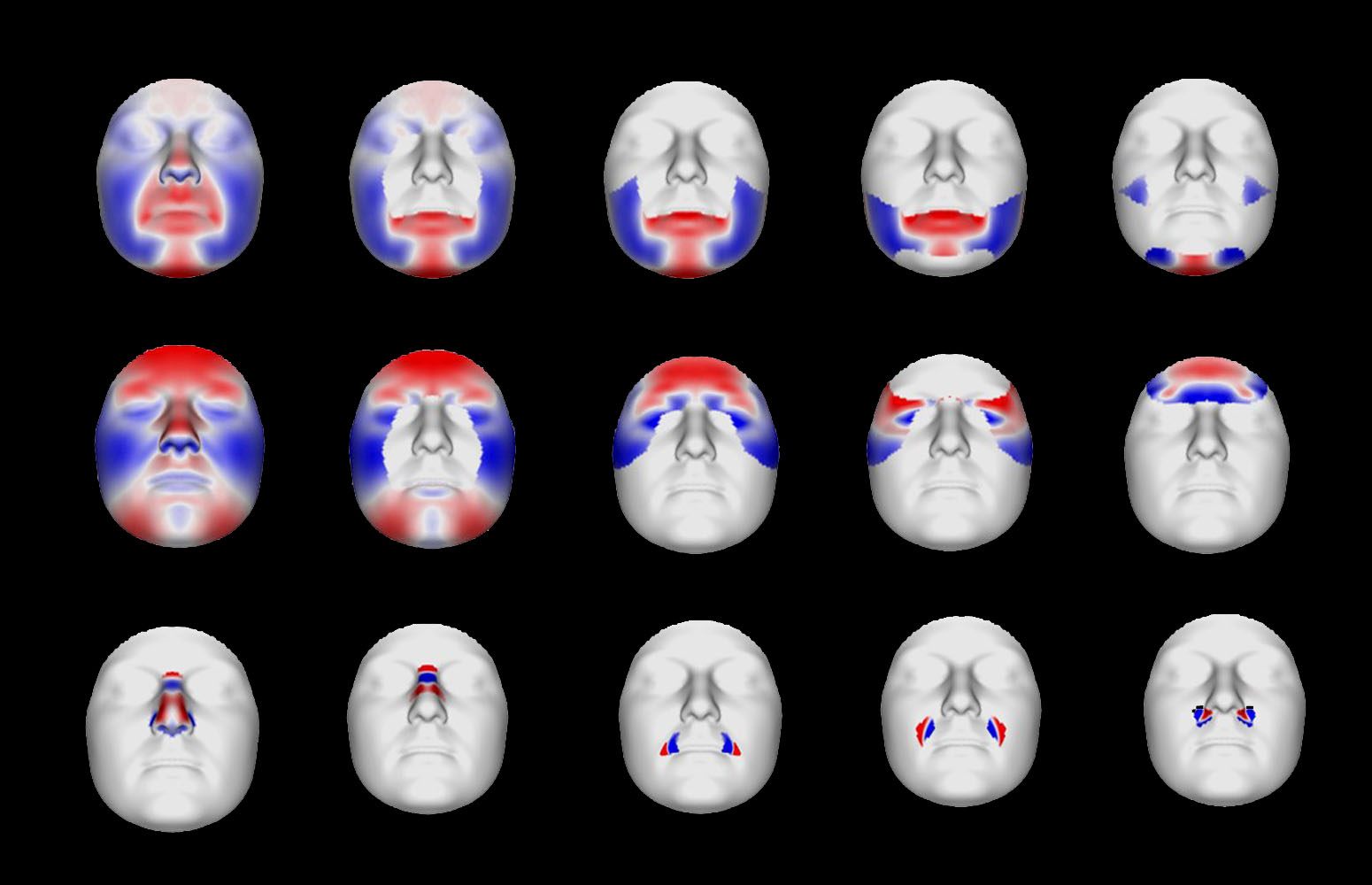Nicholas Tam
Is footwear technology driving the improvements in modern marathon running finishing times?
Visiting Professor in the Department of Physiology
- Cathedra
First publication date: 05/12/2019

Breaking world athletic records are a challenge only a few in the world can achieve. Specifically, in the marathon discipline world records have been achieved predominantly by East African runners such as those emanating from Ethiopia and Kenya. Despite this dominance, records are only improved by a few seconds each instance and are not achieved as often as races are won. Recently, marathon running records broken more frequently and even an unsanctioned sub 2-hour marathon has been achieved.
A common thread to all these recent successes largely has been attributed to developments in footwear technology. More specifically, shoes assembled with a variety of novel materials to reduce the energy required endurance running has been successfully developed. In fact, the degree of improvement in energy saving has been found to be an average of 4%, hence the moniker Vaporfly 4% created by Nike. This energy saving results in the delay of fatigue that allows an athlete to maintain running performance not previously seen in currently available running footwear.
The interesting components included in these racing shoes include a carbon fibre plate; novel foam material used for the shoe midsole cushioning and the geometry of the shoe midsole. Interestingly, previous attempts to integrate these components in running footwear have not been met with complete success until now. Our current understanding of this achievement is the nuance to the use of these components. As it is not their singular contribution to improvement but instead their ability to work in concert.
Carbon fibre plates in footwear have previously been explored and implemented but with less success. As their purpose is predominantly to stiffen the flex point of the forefoot (the metatarsophalangeal joint) and reduce energy loss at that joint and has been found to improve energy efficiency by 1%. But concerns existed around whether this increase injury risk; place additional stress on the body or discomfort. It appears that to deter these carbon plate concerns the application of a novel shoe midsole material was found to be successful. This material known colloquially as PEBAX, a polyamide block elastomer when turned into a foam was found to be have 32% superior energy return characteristics than traditional foam such as Ethylene vinyl acetate (EVA). However, the use of these novel foam materials is also limited as they are quite soft and unstable. However, this was alleviated by the geometry of the shoe (the design and shape). This allowed the integration of these materials to perform in symbiosis with each other. This has predominantly been observed through the thicker midsole compared to more traditional road racing shoes. A thicker midsole has been purported to increase effective leg length and increase the volume of available cushioning (potential in energy return). Other shoe geometry considerations (overall shape of the bottom part of shoe) have also been debated to influence the workings of the shoe, that has been designed in a rocker/unstable bottom configuration. This geometry may reduce the braking force of the body when landing during running and improve the transition of the body from braking to propulsion during running.
Clearly sports shoe companies are managing to harness novel technologies to push and break barriers of human performance. This however cannot be achieved by a singular person but instead this is an exemplary exhibition of multidisciplinary collaboration in design; engineering; chemistry and physiology that has resulted in a product that has managed to revolutionize running performance through something that has remained relatively simple for the past 30 years. Despite all this exciting advancement, we should be mindful of the ability to discern the contribution of that of the human and technology. As we should remember sport is both entertainment but also a celebration of humanity’s innate abilities. Especially that of marathon running as at its heart, it should be but a foot race.



